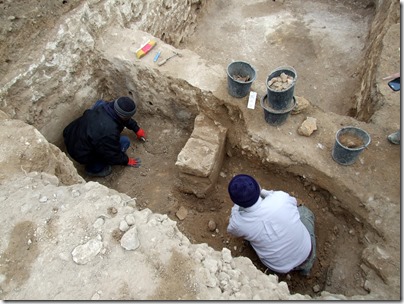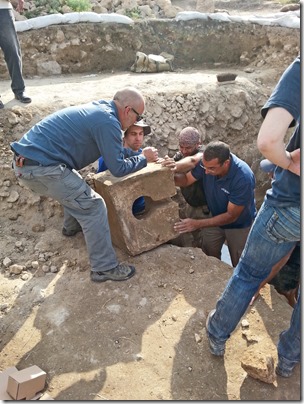An ancient Christian “crossword puzzle” has been discovered in the agora of Smyrna.
A sewage system in the Urartian city of Van that dates to 800 BC has been fully excavated.
You missed the first-ever “Swim the Corinth Canal” event, but perhaps you can join next year.
Greece’s National Archaeological Museum is celebrating its 150th anniversary.
At the ASOR Blog, the executive producer of a new documentary about Gertrude Bell provides some background. You can also watch the trailer.
New paper at Academia: “Computer Experiments on the Khirbet Qeiyafa Ostracon,” by Eythan Levy and Frédéric Pluquet.
Nigel Fletcher-Jones considers the ethical problem of the public display of mummies and alternative approaches.
A French-Egyptian citizen turned over a golden mummy mask to the Egyptian government.
The November/December issue of Biblical Archaeology Review is now online.
If you’re a subscriber to the Wall Street Journal, you can read Roger Toll’s “The Real Adventurer’s Guide to the Ancient City of Petra.”
I made it into Wayne Stiles’s post this week about the Dead Sea Scrolls. Check out the great quote by Frederic G. Kenyon.
Shmuel Browns shares a couple of photos he took at Machtesh Qatan.
The extraordinary Bible collection of the late Charles Ryrie is being auctioned off by Sotheby’s.
HT: Charles Savelle, Agade, Joseph Lauer, Ted Weis, Paleojudaica
UPDATE: Next weekend’s roundup will be delayed by several days.




